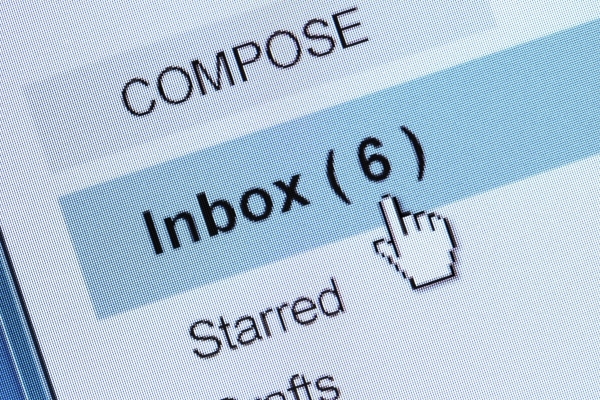How to Identify an Email Scam
We’ve all had them, those emails that are quite clearly fake and ask for personal details in return for some unexplainable sum of money which they claim you are entitled to. But first, you must enter your bank details, national insurance number, passport number or any other piece of personal information that you would rather keep to yourself. While most of these are easy to spot, some scammers are getting a lot smarter and are managing to fool even the keenest eye. So, how can you be sure if that email sat in your inbox is real or fake?
Does the Email Address Look Right?
Many scammers take advantage of our trust in well-known names to trick people into clicking on links or sending their details. In fact, you may have received scam emails that seem to be from your bank or Amazon or even sites such as Facebook and Twitter. Make sure to check the sending address, not just the display name as this can be a big clue as to the validity of the email. If the email has come from a public account such as Gmail, Hotmail or Yahoo!, it is likely to be a scam.
Do They Know Your Name?
A legitimate email from your bank should usually address you by your name. If the sender refers to you as ‘valued customer’ or ‘user’, it is likely that the sender is not who they say they are as they simply do not know who you are.
Are They Asking for Personal Details?
Many of these scams are so successful because people simply hand over their personal details. If the sender is asking for these details, it may well be a scam. Banks and sites such as Amazon or PayPal are unlikely to ever ask for personal details via an email. If they are asking for them urgently, you should be even more suspicious. Don’t ever hand over your personal details if you’re at all unsure – if it is legitimate, they can always call you.
Does the Email Contain a Threat?
One way of getting email users to part with personal information or click on unsafe links is by threatening them with something that they would much rather avoid. For example, a common threat is the blocking or suspension of an account, often followed up with a request to confirm the password you use to access the account. Don’t get taken in by false threats and if you’re unsure, have a look around to see if there is any evidence to support the legitimacy of the email.
What Should You do with a Fake Email?
- Don’t click on any links in the email – these links will often lead to unsafe pages that can leave you vulnerable to phishing and malware.
- Don’t open any attachments – this is a fast way to infect a computer with viruses. In fact, if you’re not familiar with the email sender, you should always be wary of opening attachments.
- Don’t assume that you have been hacked – if you haven’t clicked on any links or opened attachments, you should be safe.
- Do your own research – if you are concerned about the contents of an email, you can always contact the alleged sender (but never reply to the email) by calling. This is particularly wise if the email has come from a ‘trusted’ source such as your bank, HMRC or PayPal. They should be able to let you know if the email is genuine or not.
Email scams can be incredibly troubling, especially for businesses that use a network of computers. However, you needn’t deal with it alone. If you are concerned about your online security and are looking for extra support, Q2Q IT can be the IT support team you need. Get in touch with a member of our team today by calling 01524 581 690 (Lancaster) or 01772 395 693 (Preston) and we will be able to advise you further.



